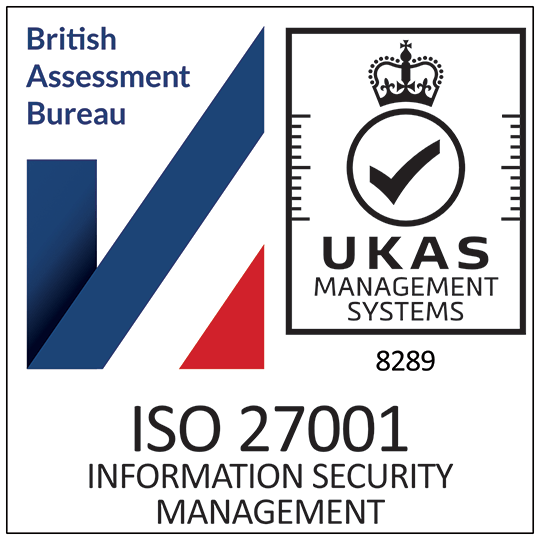Plastic Identity Cards: Where Did They Come From?
Exploring the history of the plastic Identity card in Great Britain.
Here at Company Cards we sell a large range of plastic cards tailored to meet the needs of any business; small or large. We also sell plastic ID cards and in this article we are exploring the history of the plastic ID card in Great Britain.
The identity card dates back to the 1930’s during World War Two. It was at this time, between the years 1939 to 1952, that people were required by law to carry proof of identity. If someone was found not to have proof of identity on them, then they had two days to produce it at the local police station. Initially they were introduced as a security measure but soon proved useful during food rationing.
This law came to an end following a case involving a Clarence Henry Willcock. He refused to show proof of identity after a motor offence and appealed against his conviction on the grounds that the law was passed for security reasons and as the war was over it was no longer being used for those purposes. That was the end (for the time being) of the obligatory identity card in Great Britain.
The ID card has increased in popularity since 1952 and the function of the ID card has also diversified. Throughout the European Union, 11 nations have some form of identity card, even if they are not compulsory. It is increasingly the case that 18 year olds want to own an identity card as proof of age, especially considering the recent requirement for bar staff and store workers to request ID of anyone who looks below the age of 25. In France, 90% of the population carries an identity card.
The ID card, of course, looks very different today and now comes in the form of a plastic ID card. Here, security functions can be implemented such as a barcode and magnetic strip and the latest digital technology to help store and transfer a wealth of data.




